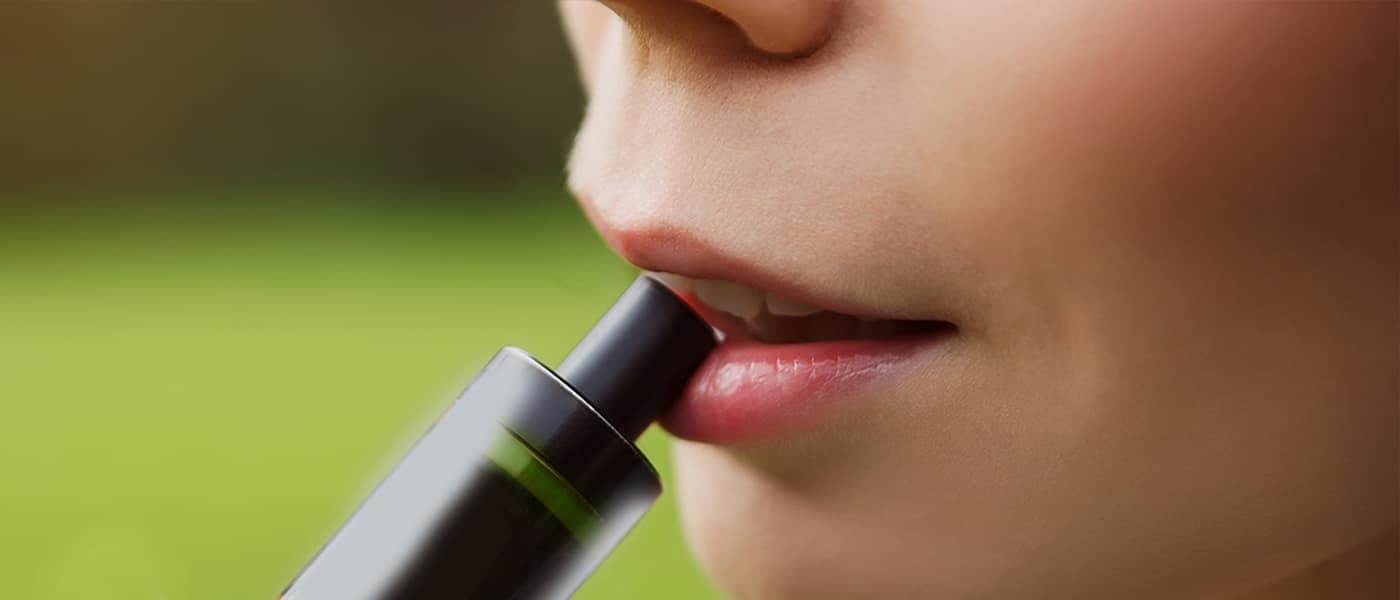A Breathtaking Device
Researchers have just developed an instrument, called the "Na-Nose" that could detect up to seventeen diseases just by analyzing a patient's breath. The study was published in the nanotechnology journal ACS Nano.
The device can diagnose a variety of common but dangerous diseases just from a sample of a patient's breath. Different types of cancer, Crohn’s disease, ulcerative colitis, irritable bowel syndrome, two kinds of Parkinson's disease, multiple sclerosis, pulmonary arterial hypertension, pre-eclampsia, and chronic kidney disease are diagnosable with this device.
In a video that features their study, Technion-Israel Institute of Technology's Hossam Haick discussed the motivation behind the Na-Nose. "One of the major challenges in the modern era of disease diagnosis is how we can detect the disease when we are still feeling healthy," he said.
The cutting-edge device is highly portable and could detect the mentioned diseases at the early stages. Haick, who led the team of scientists, also stated that the breathalyzer could predict which individuals exhibited high-risk indicators for particular conditions.
Trials for the study included a pool of 1,404 healthy and sick people across five countries. Though the average accuracy of the disease classifiers used in the Na-Nose was 86%, this is still not enough for the device to be used as a tool for diagnostic medicine. The research team noted that further work is needed on the determinants used in the study, as well as mechanics for simultaneous diagnosis.
Fast, Easy, Cheap Diagnostics
Upon blowing on the device, the Na-Nose identifies over a hundred chemical components of the breath. These components, some of which the researchers associated with certain diseases, are then subjected to rigorous analysis of an artificially intelligent nanoarray—a series of sensors that could notice even the tiniest traces of chemicals.
Programmed into the device are "healthy" conditions that involve the breath's chemical components. Should any of the chemicals levels and concentrations be above or below normal, particularly those assigned as indicators of diseases, it raises a red flag: something is wrong.
The Na-Nose certainly sounds like a dream, especially when appended to other often-used gadgets. Haick said that the team was looking for ways to integrate the device to smartphones so that an innocent phone call could lead to the early detection and preemption of a disease. Such a development has significance in cancer cases, where early diagnosis drastically increases the odds of survival from 15% to 90% for breast cancer, 5% to 90% for ovarian cancer, and 14% to 70% for lung cancer.
Nisreen Shehada saw great potential in the device's non-invasive potential. "Diagnosing cancer currently is a very painful process...[i]f we can add a step that is not painful, that is not invasive, something that people won't be afraid of, I'm hoping that more people [will] be tested and that way we can diagnose cancer at much earlier stages."
Share This Article
